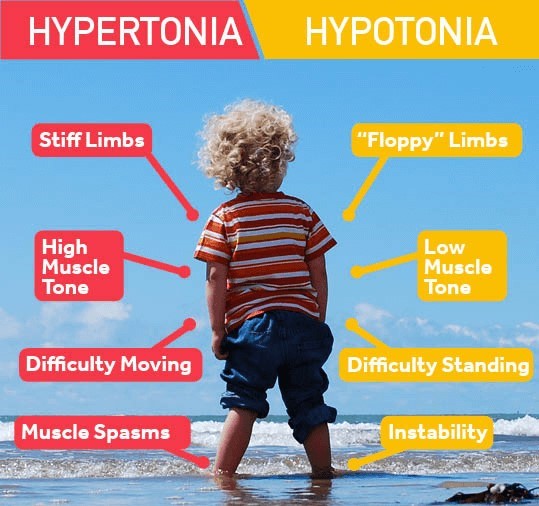A nurse is performing postmortem care for a recently deceased client prior to the client’s family visit.
Which of the following actions should the nurse plan to take?
Cross the client’s arms across their chest.
Place the client in a high-Fowler’s position
Hold the client’s eyes shut for a few seconds.
Remove the client’s dentures from their mouth
The Correct Answer is C
The correct answer is choice C. Holding the client’s eyes shut for a few seconds.
This is because the eyes of a deceased client do not close naturally and may remain open after death. Holding them shut for a few seconds helps to keep them closed and prevent drying of the corneas.
This also gives a more peaceful appearance to the client’s body for the family visit.
Choice A is wrong because crossing the client’s arms across their chest is not a standard postmortem care procedure. It may also interfere with the placement of identification tags on the wrists.
Choice B is wrong because placing the client in a high-Fowler’s position is not necessary or appropriate for postmortem care. The client should be placed in a supine position with the head of the bed elevated to prevent livor mortis (purple discoloration of the skin) on the face.
Choice D is wrong because removing the client’s dentures from their mouth is not recommended for postmortem care. The dentures should be left in place to maintain the shape of the face and prevent the jaw from dropping.
Normal ranges are not applicable for this question as it does not involve any physiological measurements.
Nursing Test Bank
Naxlex Comprehensive Predictor Exams
Related Questions
Correct Answer is C
Explanation
Choice A reason:
Administer epinephrine subcutaneously. This is not the necessary action to be taken. Epinephrine is used to treat severe allergic reactions (anaphylaxis). However, in this case, the client is experiencing a febrile non-haemolytic transfusion reaction, not an allergic reaction.
Choice B reason:
Place the blood bag in a biohazard bag before discarding. This is not the necessary action to be taken by the nurse. Proper disposal of biohazardous materials is essential, but in this situation, the nurse's priority is to address the client's condition and not the disposal of the blood bag
Choice C reason:
Documentation of the transfusion reaction is crucial for the client's medical history and for future reference. The nurse should record the client's signs and symptoms, the actions taken, and any other relevant information related to the reaction.
Choice D reason
Infuse 500 ml lactated Ringer's IV. This is not necessary action to be taken by the nurse because there is no indication for infusing lactated Ringer's solution in response to the transfusion reaction described. Treatment for febrile non-haemolytic transfusion reactions generally involves stopping the transfusion, administering antipyretics (like acetaminophen) if necessary, and providing supportive care as needed.
Correct Answer is D
Explanation

Hypertonicity is a sign of increased muscle tone and stiffness, which can indicate that the newborn is experiencing withdrawal from methadone exposure in utero. Methadone is an opioid medication that can cross the placenta and cause neonatal abstinence syndrome (NAS) in the newborn.
Choice A, acrocyanosis, is wrong because it is a normal finding in newborns.
Acrocyanosis is a bluish discoloration of the hands and feet due to immature peripheral circulation. It usually resolves within the first 24 to 48 hours of life.
Choice B, bradycardia, is wrong because it is not a typical sign of withdrawal.
Bradycardia is a slow heart rate, usually less than 100 beats per minute in newborns. It can be caused by hypoxia, hypothermia, hypoglycemia, or vagal stimulation.
Choice C, bulging fontanels, is wrong because it is a sign of increased intracranial pressure, not withdrawal. Bulging fontanels can be caused by meningitis, hydrocephalus, or hemorrhage.
Normal ranges for newborn vital signs are as follows:
- Heart rate: 120 to 160 beats per minute
- Respiratory rate: 30 to 60 breaths per minute
- Temperature: 36.5 to 37.5°C (97.7 to 99.5°F)
- Blood pressure: 60 to 80 mm Hg systolic and 40 to 50 mm Hg diastolic
Whether you are a student looking to ace your exams or a practicing nurse seeking to enhance your expertise , our nursing education contents will empower you with the confidence and competence to make a difference in the lives of patients and become a respected leader in the healthcare field.
Visit Naxlex, invest in your future and unlock endless possibilities with our unparalleled nursing education contents today
Report Wrong Answer on the Current Question
Do you disagree with the answer? If yes, what is your expected answer? Explain.
Kindly be descriptive with the issue you are facing.
